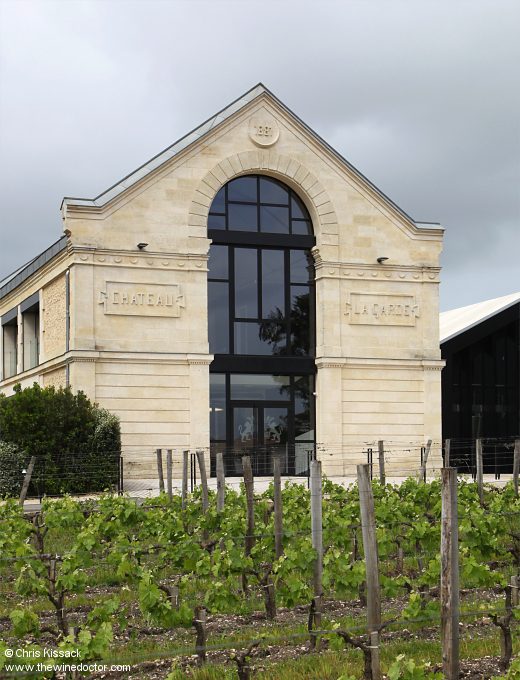Château La Garde
The Graves and Pessac-Léognan appellations provide us with any number of viticultural gems, châteaux turning out wines of note which seem to be perennially overlooked.
In Pessac-Léognan, many successful estates are overlooked simply because they don’t have the magic words Grand Cru Classé de Graves on the label; they aren’t a member of the exclusive club that was formed when the 1959 Graves classification was ratified. Many notable Pessac-Léognan properties were left out in the cold, a number of which were made ineligible for the classification by the one-proprietor, one-property rule. Anybody who was fortunate enough to own two or more candidate châteaux had to choose which one to submit; in each case their ‘second best’ simply did not stand a chance.
By the way, before I continue, if you are new to the weird world of Bordeaux classifications, and are wondering why châteaux in the Pessac-Léognan appellation should be in a Graves classification (given that the two are completely distinct appellations), it is because Pessac-Léognan was carved out of the larger Graves appellation in 1987, long after the Graves classifications were drawn up in 1953 and then again in 1959. But while the appellation changed the classification, written in stone, did not. For more detail than that, see my guide to the Graves classification.
One property which remains outside the Graves classification today is Château La Garde, and given its close proximity to a number of other classified châteaux, not least next-door neighbour Latour-Martillac, it is reasonable to ask why this might be. There is, of course, a simple explanation; as I have already hinted, its proprietor chose instead to submit another property. But I will come to that chapter in the estate’s story in a moment; first I provide a little more history to this unsung Pessac-Léognan property, starting with what we know of its origins.

